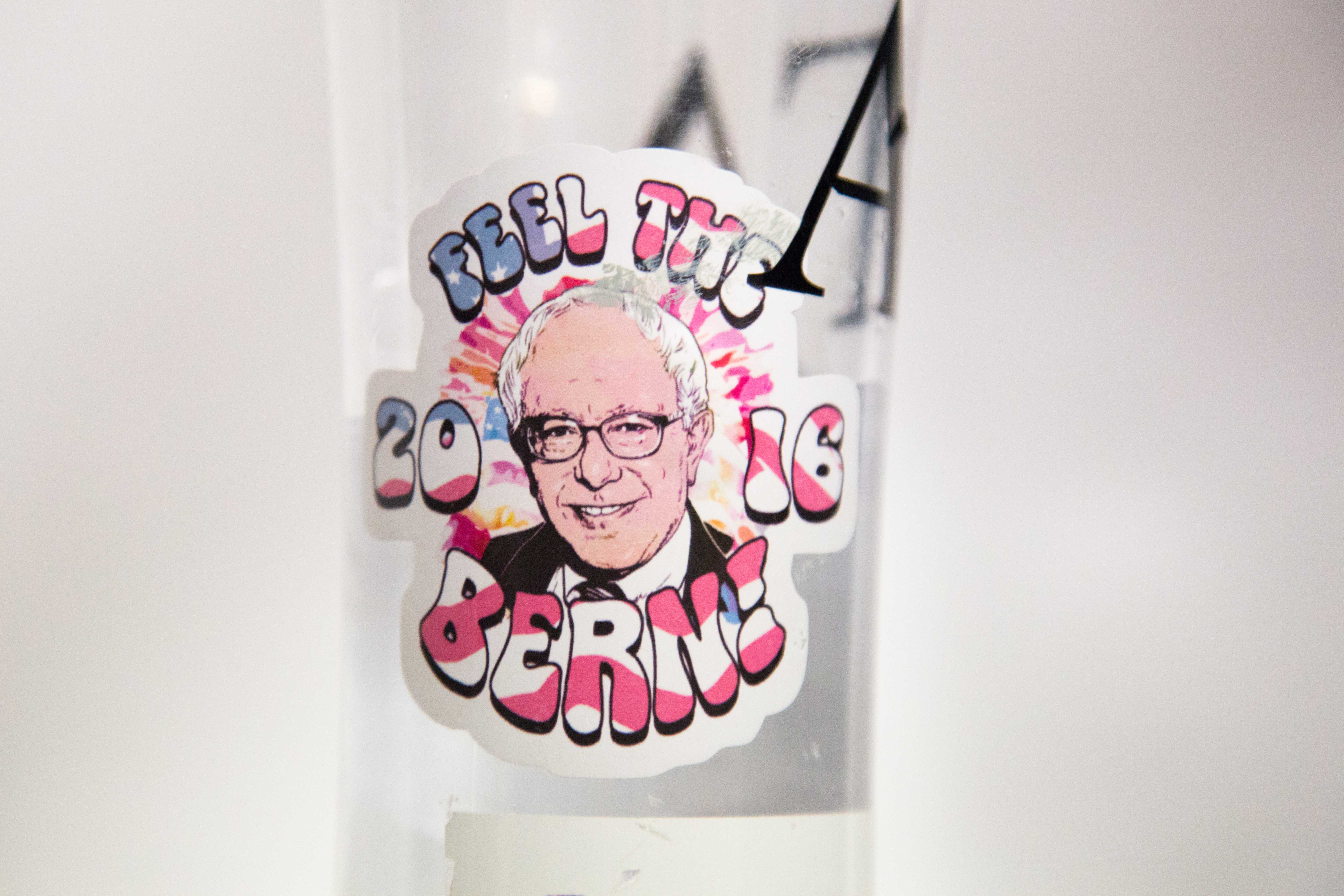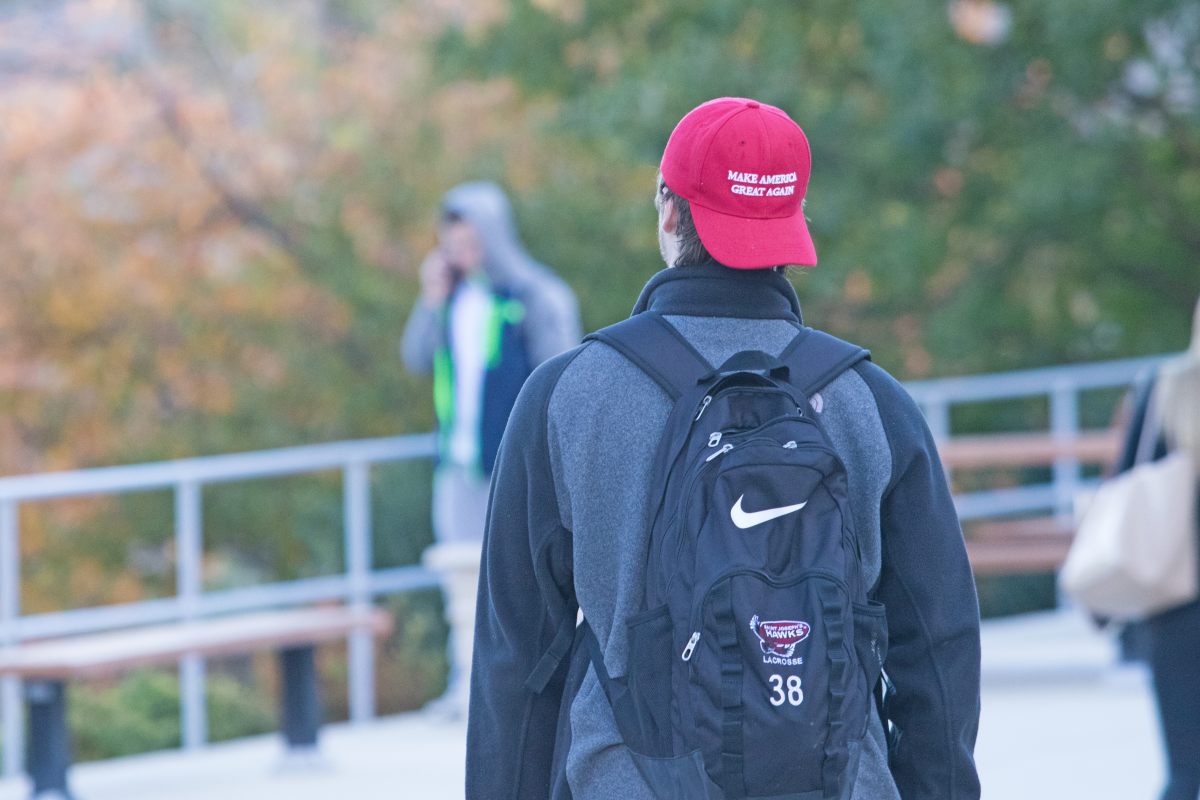Court case about political clothing goes to Supreme Court
A new case before the Supreme Court is challenging the presence of campaigning apparel at polling locations.
In Minnesota, voters may have to actively plan out what they will be wearing to the polls in order to ensure that their voices will be heard.
According to Ballotpedia, the case of Minnesota Voters Alliance v. Mansky began as a lawsuit in October 2017 to challenge a statute in the state of Minnesota that prohibits voters from wearing articles of clothing that bear political messages or campaign logos at polling centers. The plaintiffs in the case are the Minnesota Northstar Tea Party Patriots and the Election Integrity Watch (known as the Minnesota Voters Alliance or MVA).
The MVA’s executive director, Andrew Cilek, is the driving force behind the suit. In 2010, Cilek was restricted from voting due to his shirt, which featured the Tea Party movement logo and said “Don’t Tread On Me.” Although Cilek was eventually allowed to cast his vote, he was required to leave his name and address with the workers at the polling location.
This issue arose because the state of Minnesota, Statute 211B.11 “prohibits wearing a ‘political badge, political button, or other political insignia…at or about the polling place on primary or election day.”

The plaintiffs in Minnesota Voters Alliance v. Mansky have filed the suit because they believe that the statute violates the voter’s First Amendment rights in active polling places. Using clothing to express political beliefs is seen as a right that is protected by a citizen’s freedom to political speech, according to Ballotpedia.
In 2008, the Pennsylvania secretary of state responded to a request from the American Civil Liberties Union of Pennsylvania that voters are allowed to wear clothing, buttons or hats that may show who they are voting for. However, they are not allowed to campaign while they are at the polling place.
Local election officials as well as poll watchers are not allowed to wear accessories and clothing that may show a partisan bias because they are at the polling place all day and may be confused as voters. No signs or other campaign materials are allowed at the polling place either.
Banned messages include anything that could be considered advocating for candidates, materials that are meant to influence voters and materials that support organizations with overtly political ties.

The clothing in question does not need to specifically list a candidate or a political party to be considered inappropriate or in violation of Statute 211B.11; for example, Cilek’s “Don’t Tread On Me” shirt didn’t advocate for or against a candidate, but it clearly bore a political message.
The case of Minnesota Voters Alliance v. Mansky argues that the statute “violates the First Amendment because it is overbroad and it defers to the discretion of election workers to determine which messages are political.”
This case is significant because it will make the court decide how to protect citizens first amendment rights while making sure that elections are orderly and voters aren’t confused or pressured to vote for a specific person at the polling place.
So far, both a federal district court and the United States Court of Appeals for the 8th Circuit have found Statute 211B.11 to be constitutional. According to the court papers, “The law prohibits and potentially criminally punishes every variety of political speech on clothing from that which simply names a political group, to messages supporting political causes, to ideological or party references to messages about current issues.”
The plaintiffs have now brought their case to the Supreme Court. A ruling by the court regarding the case is not expected until the spring of 2018.
















































